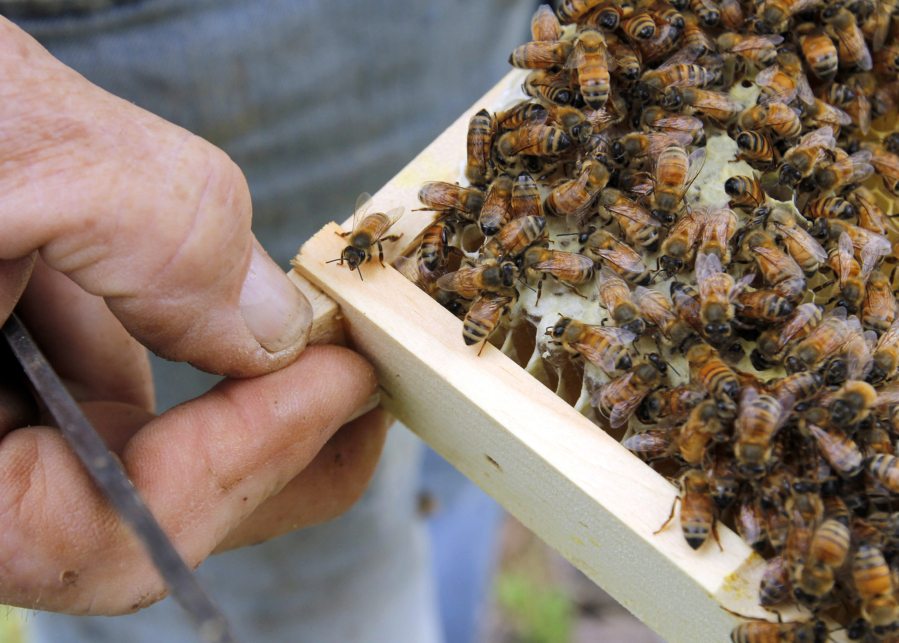PITTSBORO, N.C. — Beekeeping was so much simpler in 1980 when John Strickland started.
One of Strickland’s rural Chatham County neighbors had bees, but the man was getting up in years. “If I ever have to leave them and can’t come back, I want you to take the bees and take care of them,” he told Strickland. “These people living around here, they’ll burn them.” One night, the neighbor was taken to the hospital and didn’t come home.
“They took him to a nursing home,” Strickland said. “So I went over there and got the bees. That’s how I got started. I’ve been doing it ever since.”
In those days, Strickland said, you could just have a hive in the yard. You didn’t have to worry about chemicals destroying the bees’ ability to navigate. You could trust a hive that was there in the fall would still be populated in the spring. These days, beekeepers like Strickland, owner of Busy Bee Farm in Pittsboro, battle increased pest threats and epidemic phenomena like colony collapse disorder, in which entire colonies of bees can vanish.
“If I put in 30 hives and I have 15 of them come through the winter without colony collapse, I feel like I’ve been successful,” he said. In 1980, all 30 would have survived.



